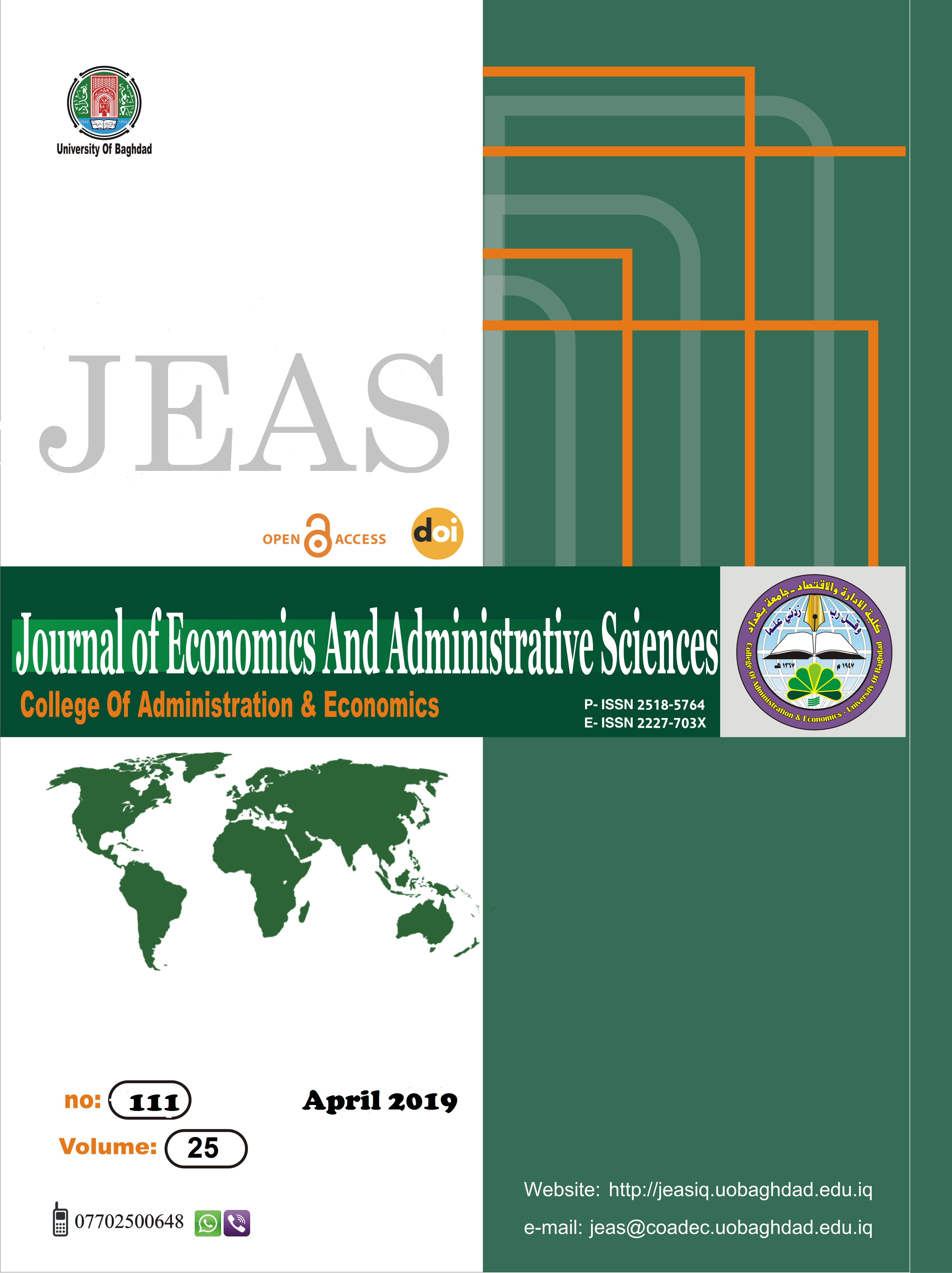Role of ERP In Enhancing the Accuracy of Financial Reporting
DOI:
https://doi.org/10.33095/jeas.v25i111.1640Keywords:
/ نظام تخطيط موارد الوحدة الاقتصادية ERP ، دقة الابلاغ المالي, (ERP), financial reporting accuracyAbstract
Abstract
Nowadays, the adoption of economic unity on the accuracy of financial reporting is very important. Economic units need accurate financial reporting to be more competitive and to improve the performance. Management can also achieve financial information in real time through the application of ERP systems. This system will facilitate management to access the most up-to-date information such as planning, monitoring and evaluating the business processes of the organization to be more effective.
On the practical side, the Enterprise Resource Planning (ERP) system was applied to the General Company for Vegetable Oils to demonstrate a course in enhancing the accuracy of financial reporting.
The researchers reached several conclusions, the most important of which is that the company's resource planning system differs from other systems, not only within the economic unit, but also to include outside activities.
The most important recommendations of the study:
1- The need to automate the accounting information system of the Economic Unit in the case of integration with the ERP system with a unified database.
2- Although there is a cost to use a system with the enterprise resource planning system, we recommend that it be used because it is accurate in the financial reporting process.
Downloads
Published
Issue
Section
License
Articles submitted to the journal should not have been published before in their current or substantially similar form or be under consideration for publication with another journal. Please see JEAS originality guidelines for details. Use this in conjunction with the points below about references, before submission i.e. always attribute clearly using either indented text or quote marks as well as making use of the preferred Harvard style of formatting. Authors submitting articles for publication warrant that the work is not an infringement of any existing copyright and will indemnify the publisher against any breach of such warranty. For ease of dissemination and to ensure proper policing of use, papers and contributions become the legal copyright of the publisher unless otherwise agreed.
The editor may make use of Turtitin software for checking the originality of submissions received.


























